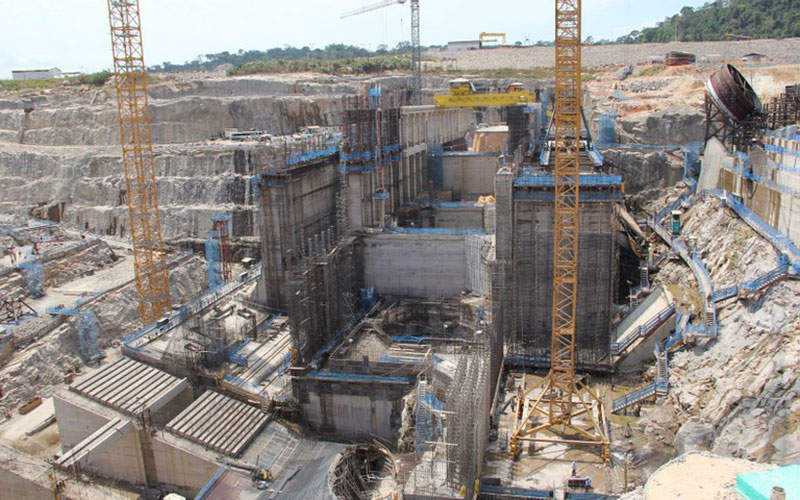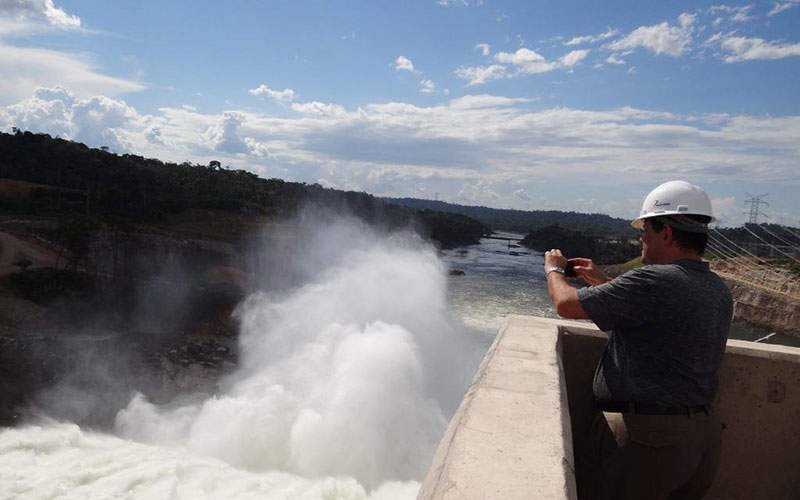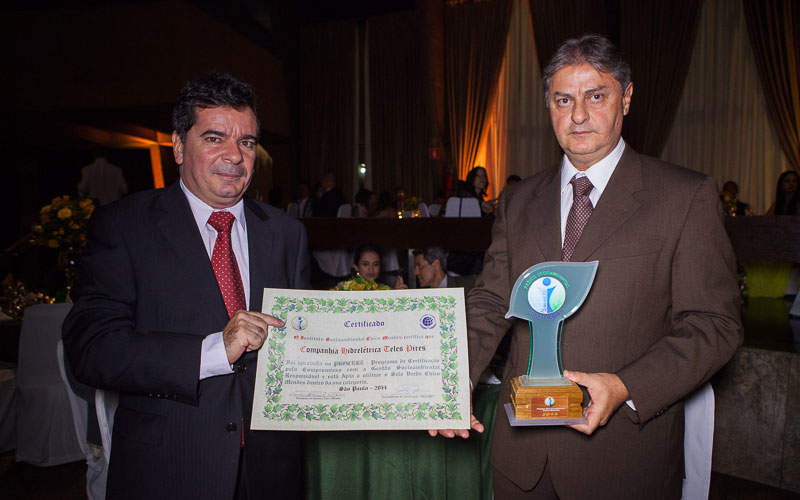The Teles Pires hydroelectric plant is a 1,820MW project built on the River Teles Pires in Brazil.
A tributary of the River Tapajós, Teles Pires is located on the border of the states of Pará, in the municipality of Jacareacanga, and Mato Grosso, in Paranaíta.
The $1.2bn project comprises five 364MW units that are grossly capable of supplying electricity to five million inhabitants. Unit one of the plant was commissioned in November 2015.
The project is part of the infrastructure plan in the Growth Acceleration Program of the Brazilian Federal Government. It was developed by a consortium of Neoenergia (50.1%), Eletrobras-Eletrosul (24.5%), Eletrobras Furnas (24.5%) and Odebrecht (0.9%), with Neoenergia as the consortium lead.
The consortium partners created a special purpose entity named Companhia Hidrelétrica Teles Pires to build and operate the project.
Construction on the hydropower project began in 2011 and first power was anticipated in April 2015, but delayed due to opposition from local tribes. The plant was fully commissioned in September 2016.
Environmental and social opposition to Teles Pires project
According to Brazilian federal law and International Labour Organisation (ILO) Convention 169, the country is not authorised to use water resources for hydroelectric projects without having completed independent environmental impact assessments and consulting with affected indigenous people.
As a result, hundreds of members from four indigenous Amazonian tribes opposed the plant’s construction. The tribes feared that their livelihood and the boundaries of their land would be threatened.
With court-ordered work stoppages and questions regarding compliance with ILO norms, the project suffered a delay of approximately seven months.
Following the resolution of the issues, the project received the 2014 Chico Mendes Social and Environmental Award, which is an acknowledgement by Instituto Chico Mendes to companies that keep their commitment to social and environmental responsibilities in communities.
The plant received this award contrary to the claim by several organisations that it was emitting CO₂ and harmful methane gas. The claim was another reason for the court-ordered work stoppages.
Teles Pires plant make-up
The Teles Pires hydroelectric plant is the biggest of the ten power plants the Brazilian Government is building as part of its renewable sources strategy. The plant was built on a 1,370km-long watercourse in the Mato Grosso State.
The project comprises an 80m-high roller compact concrete (RCC) dam and a spillway with four gates. The reservoir created by the dam is 70km long and occupies an area of 150km², flooding an area of 95km².
Built on the right bank, the powerhouse comprises five generating units, whereas the substation and high-voltage electrical equipment, including transmission, distribution, protection and control equipment, are built on the left bank, approximately 500m from the tailrace tunnel.
The project also includes three 318m-long, 15m-wide and 16m-high tunnels on the left bank, for bypassing the river.
Transmission infrastructure for hydroelectric plant
The Belo Monte hydroelectric power plant is being built on the Xingu River in the Pará state of Brazil.
The Teles Pires transmission line infrastructure is used to transmit the power generated by the hydroelectric plant. The licence to build the line was awarded to State Grid Brazil Holdings and Brazil’s energy utility Companhia Paranaense de Energia (Copel) in 2012.
The project is interconnected to the national grid via a 7.5km-long, 500kV transmission line at a point in Ribeirãozinho, Mato Grosso.
Contractors involved in Teles Pires plant
The engineering, procurement and construction (EPC) contract for the project was awarded to Construction Consortium Teles Pires, a consortium of Odebrecht, Voith, Alstom, PCE and Intertechne. The consortium’s scope of work included civil works, supply and assembly of electromechanical equipment, and project engineering.
Voith Hydro provided a wide range of hydropower equipment, including the control, monitoring and diagnosis systems, as well as mechanical and electrical balance of plant components. It also supplied 404MVA generators for the five turbines.
Alstom supplied five 364MW Francis turbines, regulators and hydromechanical and lifting equipment under a €180m (approximately $260m) contract awarded by Companhia Hidrelétrica Teles Pires. It also delivered five Francis rotors weighing more than 260t each, standing 5m high and approximately 8m in diameter. The rotors are the largest ever produced for hydropower plants in Latin America.
ULMA Construction and Sandvik Construction supplied rock tools for surface and underground drilling.






